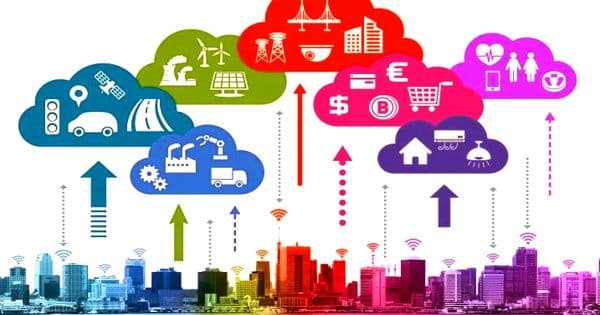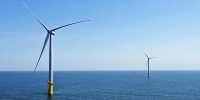Virtual Power Plants – Flexible energy for the digital era
The next generation of power plants will be virtual. If “virtual” meetings can allow companies to gather without anyone being in the office, then remotely distributed solar panels and batteries can harness the energy and act as “virtual power plants.” Increasing numbers of homes outfitted with solar panels and batteries have the potential to help power entire regions with renewable energy. It is simply the orchestration of millions of dispersed assets to manage the supply of electricity — a power that can be redirected back to the grid and distributed to homes and businesses. Working together, homes with solar setups are turning neighborhoods into virtual power plants that can feed power back to the grid and prevent blackouts.
Renewable energy is increasing electrification and, therefore, electricity demand. The switch to renewable energy is encouraging a transition to electric vehicles (EVs).
A truly exciting development for the energy sector in the digital era, virtual power plants (VPPs) are complex, decentralized, interconnected networks of power generating assets unified at a central point. These interconnected solar power systems are popping up across the globe — from apartment complexes in California and Utah to public housing in South Australia. The ultimate goal is to revamp the energy landscape, making it cleaner and more reliable. By using onsite generation such as rooftop solar in combination with battery storage, those services can reduce the network’s overall cost by deferring expensive infrastructure upgrades and by reducing the need to purchase cost-prohibitive peak power. In the future, virtual power plants might even be made up of fleets of electric vehicles. It’s the next generation of solar power technology.
Virtual power plants are becoming a driving force in the power sector. Virtual power plants are gaining traction because they solve some big problems with aging electricity grids. The energy landscape is changing. Megatrends are disrupting the energy and industrial situation worldwide. They can replace dirty power plants running on fossil fuels. They can also make grids more resilient to climate change-fueled disasters like hurricanes and wildfires. Greater urbanization, a drive for decarbonization, and the growing influence of digitalization are changing the way industrial goods are produced around the world, as well as how people are consuming and producing energy. Unlike traditional power plants and even large solar farms, virtual power plants distribute energy generation over a wider area — so it isn’t as vulnerable to a localized calamity.
Renewable energy is increasing electrification and, therefore, electricity demand. The switch to renewable energy is encouraging a transition to electric vehicles (EVs). We broke down how a virtual power plant works and what makes it a powerful tool in efforts to prevent climate catastrophe and keep the lights on when disaster does strike. Prior to the creation of VPPs, a burning question for the industry was how best to use renewable energy sources and support existing grid infrastructure. However, by linking assets into a unified network, operators now have the ability to closely monitor, analyze, predict, and plan consumption in a manner that minimizes excess generation and carefully meets energy requirements.














